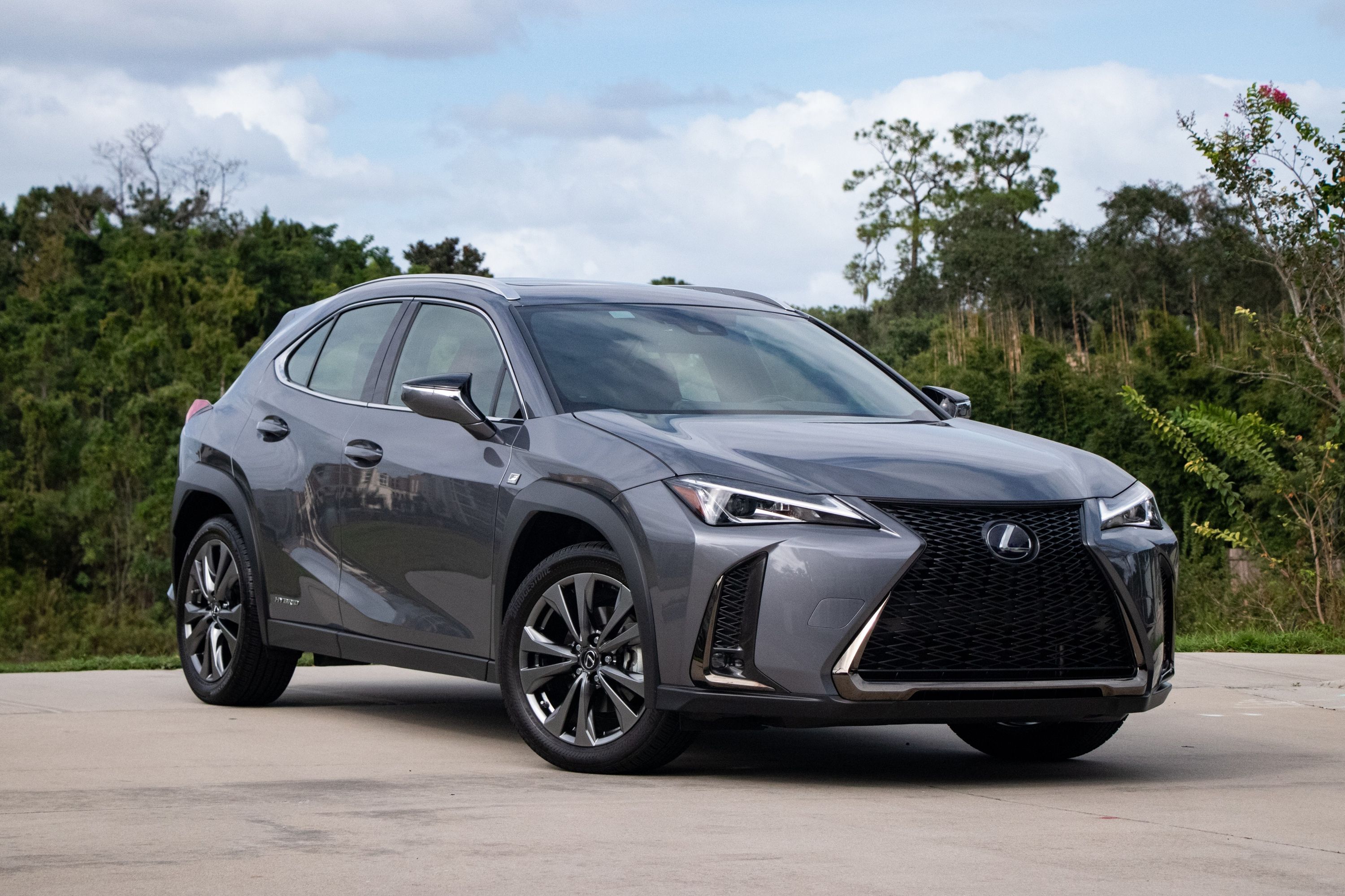
Since the launch of the RX 400h back in 2005, Lexus has been embracing electrification earlier than most manufacturers. Currently, the luxury Japanese automaker offers as many as nine electrified models. But in terms of EVs, Lexus has lagged behind the competition as Toyota focuses on hybrid and hydrogen-powered cars. Right now, the UX 300e is Lexus' sole EV offering.
This will soon change as Lexus has announced the next step in its electrification strategy. By 2025, Lexus will launch 20 "new or improved models", including more than ten electrified models such as battery-electric cars, plug-in hybrids, and hydrogen cars. Every current Lexus model will also be offered with an electric variant by 2025 and Lexus aims to achieve carbon neutrality by 2025.
Previewing the company's future design direction for electrified cars is the Lexus LF-Z Electrified teased last year, a radical electric SUV concept with striking styling and advanced AI technology.
A successor to the LF-30 concept that debuted in 2019, the LF-Z Electrified sits on a dedicated EV platform featuring the company's Direct4 electric drive control system that utilizes the instant response from the electric motors to freely control a vehicle's four wheels "for superior and highly flexible driving performance that sets it apart from conventional vehicles."
As well as controlling the front and rear drive wheels independently, this system can operate in front-wheel drive, rear-wheel drive, or all-wheel drive depending on the driving situation. In total, the front and rear electric motors generate a combined 536 horsepower and 516 lb-ft of torque. This enables the LF-Z Electrified to accelerate from 0-62 mph in three seconds and onto a top speed of 124 mph, while a 90-kWh battery provides a driving range of 372 miles based on WLTP estimates.
Aesthetically, the LF-Z Electrified previews the next evolution of the Japanese automaker's design direction. Taking the form of a low-slung, coupe-style SUV, the LF-Z features a new interpretation of the spindle grille that's closed off since there's no combustion engine, flanked by slim headlights. Flared fenders, prominent body creases, and large wheels give the profile a muscular appearance, while a full-width light bar adorns the rear. Using a digital key, retractable door handles automatically appear whenever a driver or passenger approaches the car and can be unlocked or locked using a touch sensor inside the handle.
Inside, the minimalist, driver-focused cockpit is designed around the concept of "Tazuna," Japanese for "rein." Steering wheel-mounted switches, a low-mounted instrument panel, and an augmented-reality head-up display provide easy access to functions such as the navigation system, audio system, and driving mode selection.
A touch panel located in the center of the roof allows front and rear occupants to communicate with each other, while the reclining rear seats are equipped with a massage function. A panoramic roof can either dim the interior for privacy or provide illumination. An advanced AI system can also learn and adapt to the driver's habits, suggesting driving routes and making restaurant reservations.
Lexus hasn't said if the LF-Z will enter production, but it will likely inspire one of the 20 new electrified models launching by 2025, though some design aspects such as the large wheels will likely be toned down. As well expanding its pure sedan and SUV models, Lexus has also said it will "pursue the possibility of rolling out" new sports cars as well as "a car that redefines the concept of having a chauffeur", and "new genres that have never before existed."
